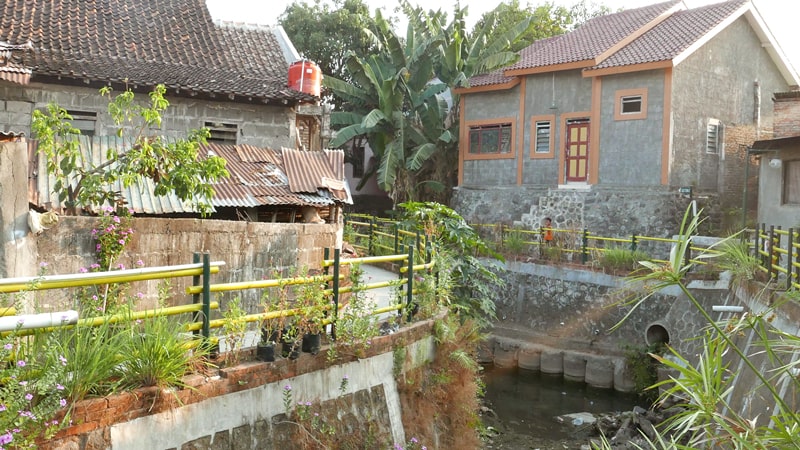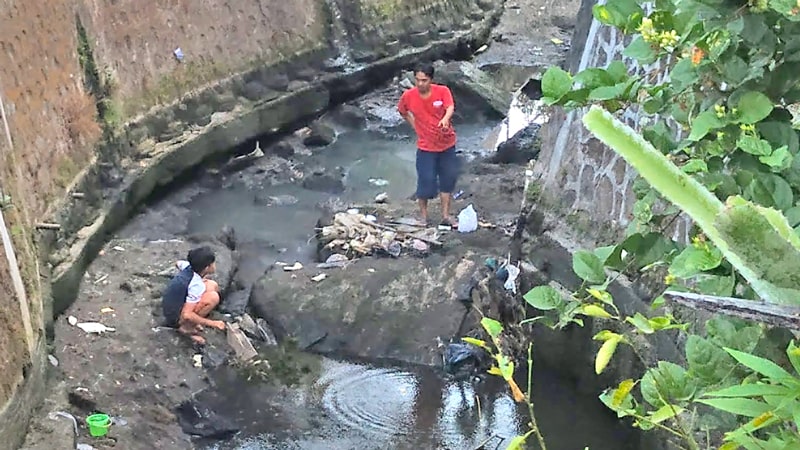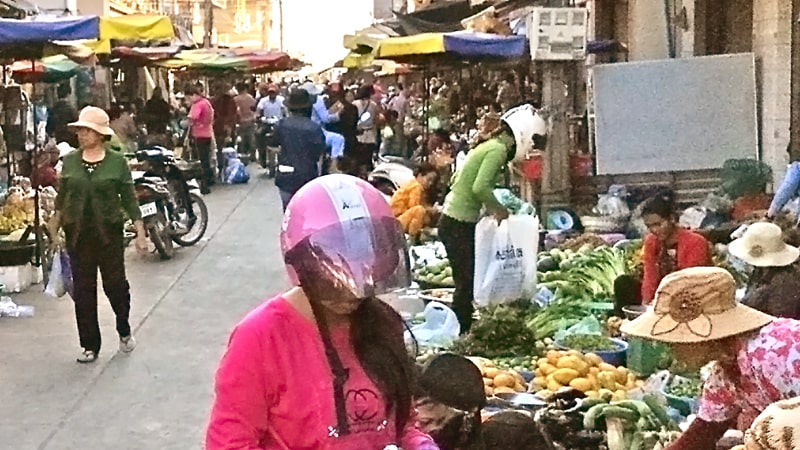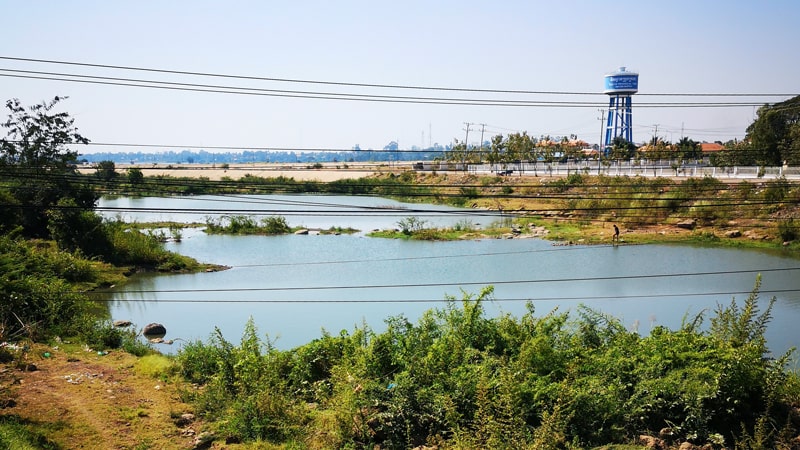Pilot Cities
PolyUrbanWaters will implement polycentric approaches to urban water management in three pilot cities in three different countries. The project team began by initiating a local-level, multi-faceted cooperative management approach that showed the project’s value proposition to decision makers, fostered trust in the relevance of the scientific network, and established a basis for solid future working relationships. Now in the Definition Phase, the project team will specify the conceptual and methodological design of the approach to water management within the pilot cities, in turn facilitating the relevant decision-making processes between the multiple stakeholders.
Indonesia: Sleman
Indonesia’s rapidly growing Sleman Regency, an administrative area in the Special Region of Yogyakarta province, has a population of 1,079,000 and is characterized by urban/rural transition zones. Despite numerous initiatives to develop adequate infrastructure (e.g. a wastewater management master plan is in preparation) and to establish integrated management of water resources, large areas of Sleman are still underserved as only 25% of households are connected to a sewage system.
The administration of Sleman has displayed their interest in establishing an SDG-oriented approach that: a) addresses flood protection and stormwater management in the context of local economic development, sustainable tourism, biodiversity and the protection of ecosystems; and b) supports the establishment of water-sensitive social housing schemes.
Laos: Sam Neua
Sam Neua District in Laos’ Houaphan Province has a population of approximately 42,000 (2015) and remains poorly equipped with adequate water and sanitation infrastructure. With strong support from the Asian Development Bank and participation in the ASEAN region’s Green City Model project, the local administration has commenced primary initiatives for systematic and integrated urban development, such as the project “Water Supply, Toilet, Road and Drainage”.
The PolyUrbanWaters design will respond to Sam Neua’s request for support in translating its vision of a “green, clean, beautiful, peaceful city” in specific areas of urban development: a) integrating the management of wastewater and faecal sludge into holistic urban planning; b) reflecting urban-rural interactions to minimize environmental impacts of flooding and protect water supply; c) planning water-sensitive green spaces; and d) enabling an SDG-oriented planning and monitoring system.
Cambodia: Kratié
Cambodia’s Kratié Province has a population of 35,000 and is almost equally urban and rural. In general, there is no systematic urban development planning at the city level, water-relevant infrastructure and facilities are insufficient, and the city administration is struggling to implement the central government’s decentralization policy. Wastewater, mixed with rainwater, is channeled out of the city via canals to a lake in an open field. Most households have an infiltration tank.
Kratié aspires to establish an integrated sanitation management approach that interlinks with a broader model for water-sensitive city planning, and to specify new forms of collaboration between the public administration, households and the private sector. An SDG-oriented planning & monitoring system is to facilitate communication with the central government and support the process of promoting Kratié as an eco-friendly and climate change-resilient tourist destination.





